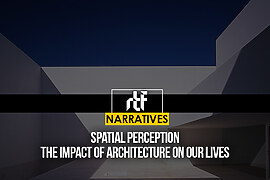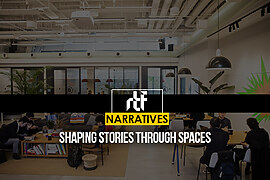Have you ever worn a suit or dress tailored exclusively for you? You will undoubtedly find a certain kind of satisfaction in knowing that there is nothing else like it, a tiny marvel in the way a simple fabric wraps around you; the colour, the cut and the craftsmanship like little notes stitched together in harmony. You see, good design is beautiful, almost poetic, but only great design is conscious of its users, has a life of its own, and architecture sustains that life.
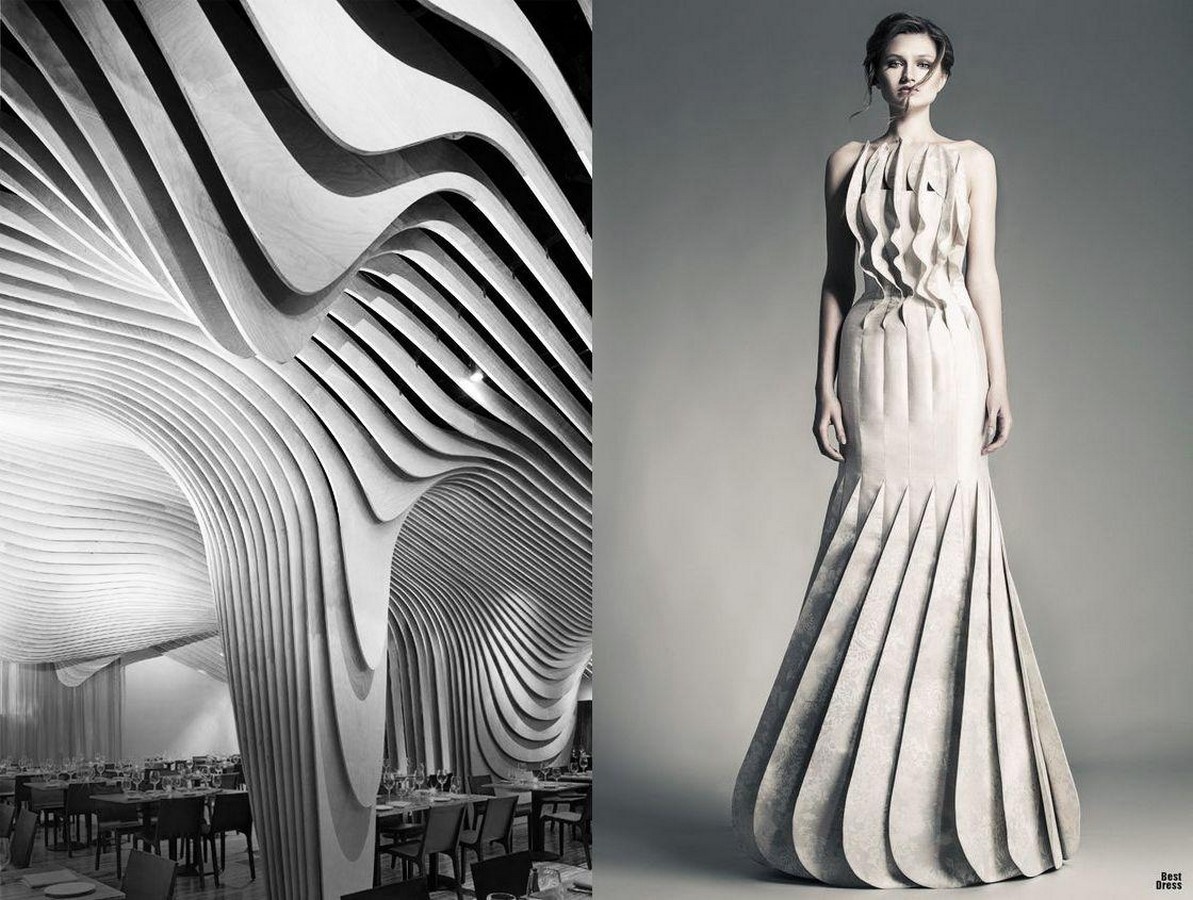
The built form is all about experiences. Architects and designers tailor every component to fit your exact needs; from the little red and yellow tables in a kindergarten classroom to the tiles behind the stove in your kitchen. Every design decision ever made is a consequence of careful deliberation and study of human behavioural patterns, anthropometry and lifestyle requirements. Accordingly, when we are responsible for adhering to consumer needs, we also acquire the power to redefine them. And all of us know, with power comes responsibility.
In recent times, social responsibility in architecture is being defined synonymously with sustainable practices. Previously, the parameters that constituted a well-built form depended on its function, aesthetics and innovation. These criteria are not sufficient anymore.
We must begin to question carbon footprints, socio-economic impacts, resilience in the face of natural disasters and preparedness for another pandemic even. We must push for the design and construction of buildings that intentionally uplift our community, instead of burdening them with the weight of wasteful brick and concrete.
“Architecture is the starting point for anyone who wants to take humanity towards a better future.” – Le Corbusier
The above statement is an opinion shared by many in our field. After all, architects do have a reputation of taking ourselves a little too seriously. However, this mindset is not a result of personal vanity but rather the result of intentional cultivation. Throughout our course, we are conditioned to be idealists. We have been taught that a good residence design can change the life of the family that lives in it, that we can improve the mental and physical well-being of a person by harnessing a little light and fresh wind.
Take the Paimio Sanatorium, in Finland, for example; designed by Alvar Aalto, he describes it as a medical instrument, built as a cure for Tuberculosis. With cheerful use of yellow in common areas, sundecks for patients to relax in, green ceilings in recovery rooms to instill a sense of calm and overall thoughtful, conscious planning in compliance with user requirements.
Compare this with the hospitals in cities today; are we moving towards or away from user-sensitive design?
Photography: Leon L
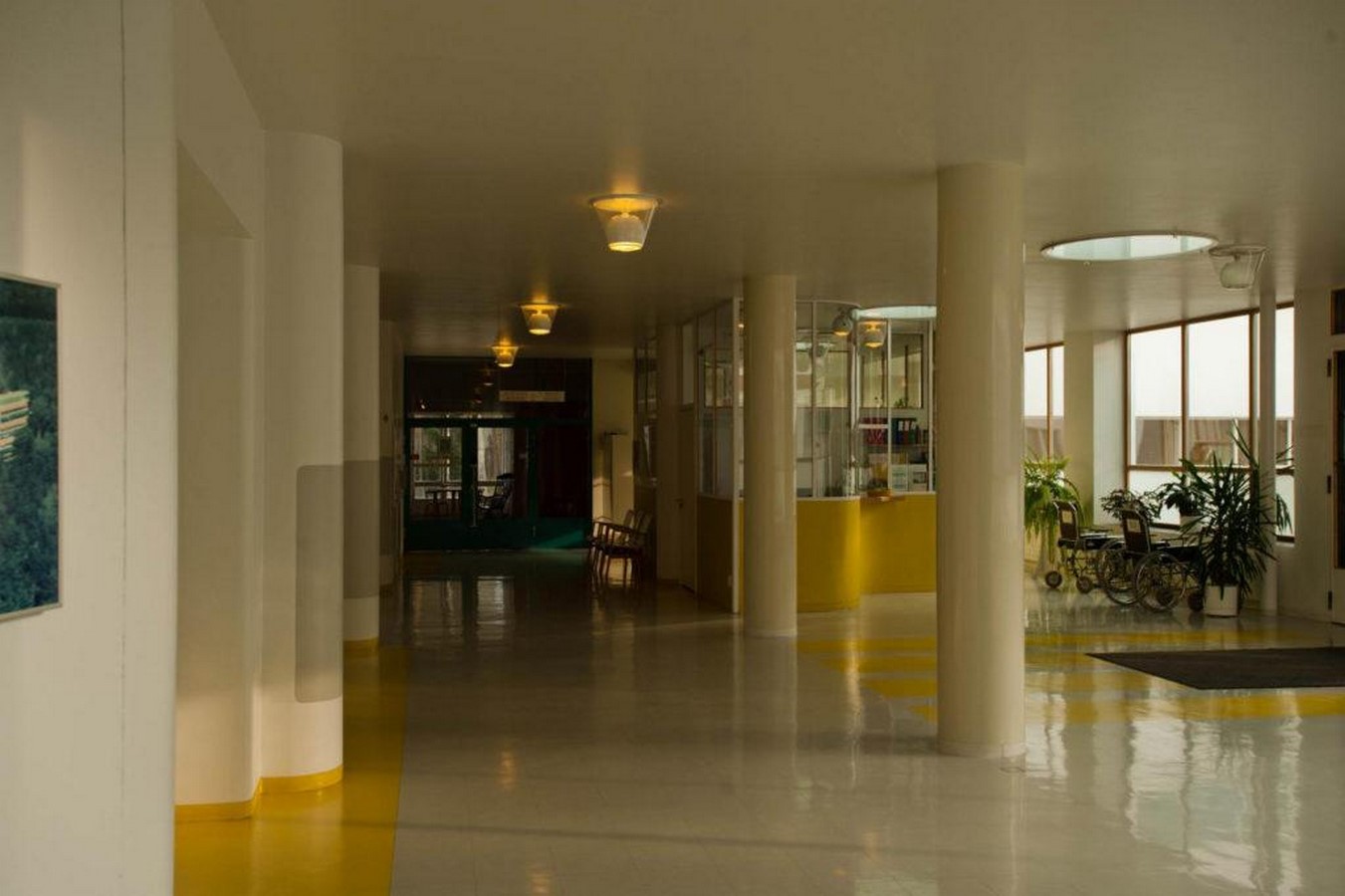
Photography: Leon L
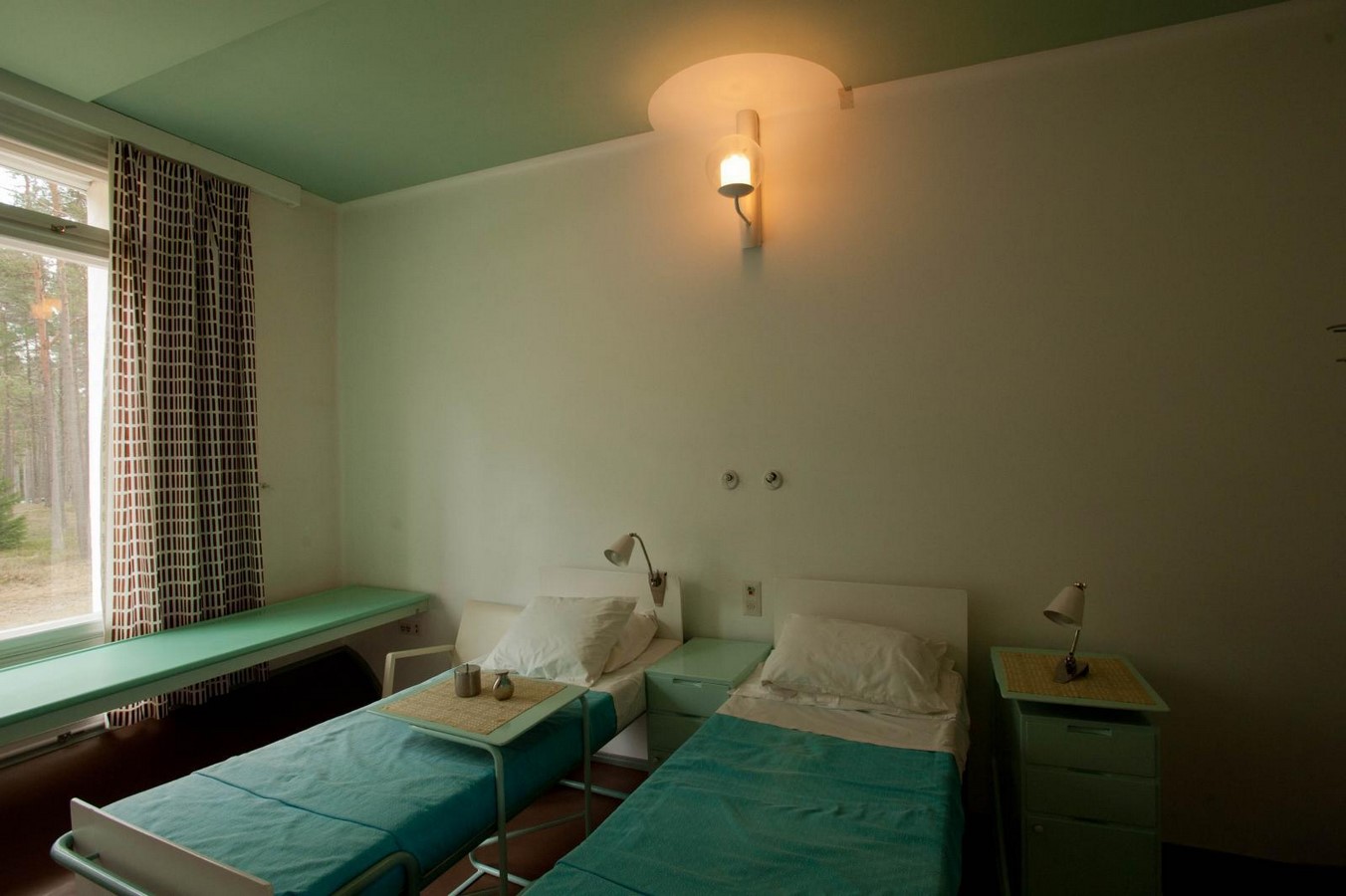
Several discussions on post-pandemic architecture have also brought up user-sensitive design. Distinctly, the planning of institutional and office spaces. We can no longer use the same age-old format for their planning. When problems change, the solutions must change with them.
Air-conditioned rooms behind curtain walls that pump up our energy consumption and uncomfortable little cubicles have outlived their time. Not only are they inefficient, but they also demote productivity and expedite the spread of disease.
Another growing concern is our contribution to the social inequities propagated by inconsiderate design. Whether it be a lack of access for differently-abled people or substandard housing for people of lower income.
Architects must aim to design for diversity and not against it because the relationship between a living being and the built form is not just about practicality, it is about telling a story, of the culture, practices, time and place, of mindsets and how people interact with each other.
Source: Polygraph
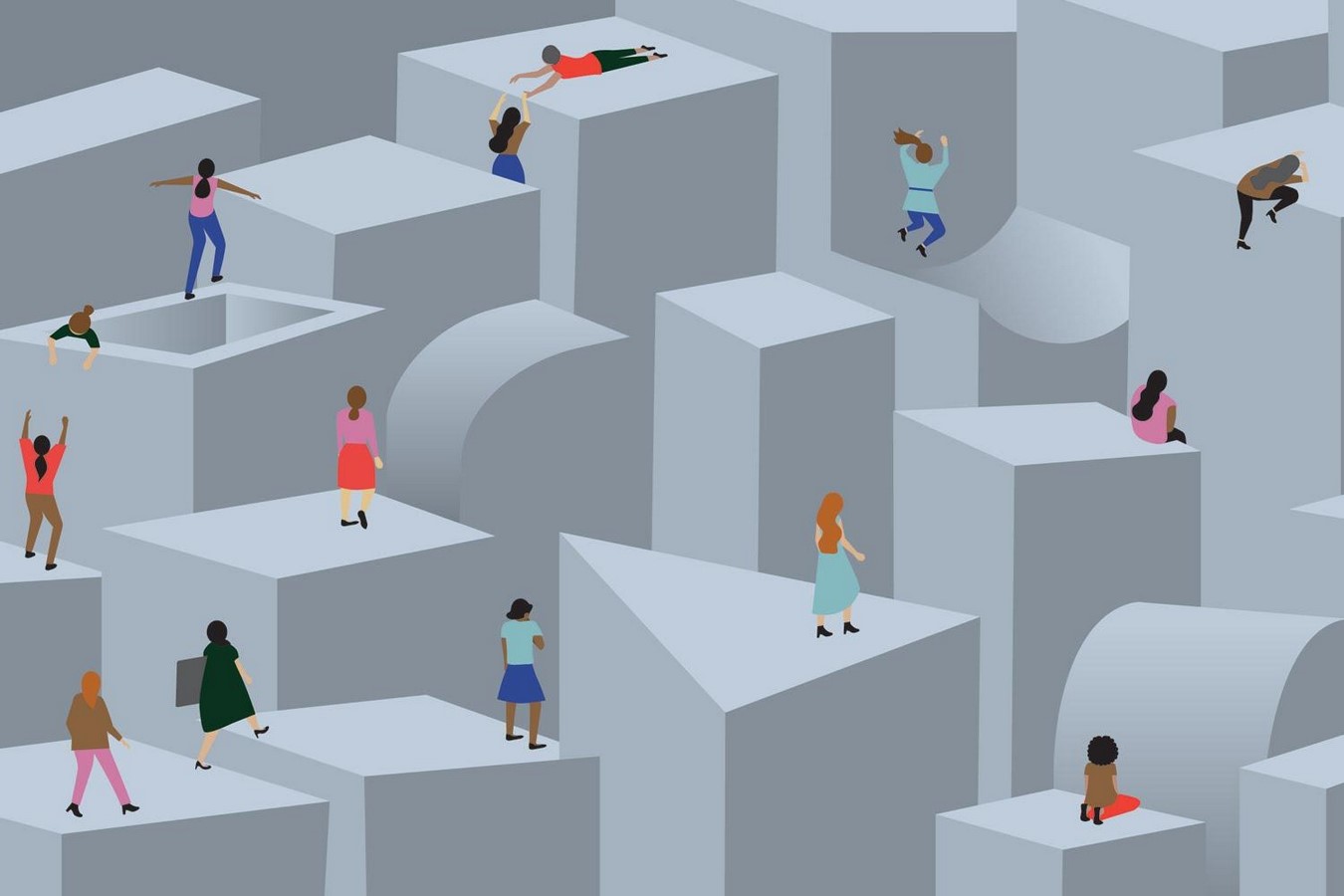
Although the user-sensitive design has had changes in its requirements, it is not a new concept and should not be treated as such. Right from the beginning of time, architecture has always been a reflection of us humans. The evolution of architectural movements from Classicism to Beaux-arts or Functionalism to Deconstructivism may seem unnecessary or slightly bizarre to the untrained eye but were a desideratum of their time.
Perhaps a question worthy of rumination would be; did architecture change the times or change with it? At the risk of sounding markedly biased, I am inclined to state that it is the former when, if truth be told, they are not mutually exclusive scenarios.
Even today when I use the term ‘Architecture’, most people picture monumental structures like the Colosseum or the Taj Mahal, with their elaborate columns and domed ceilings. They think of the Eiffel tower with its iron lattice and the Burj Khalifa rising tall above the city with its fancy glass facades.
Undoubtedly, every one of these buildings is iconic in its own right but with a deeper understanding of architecture, you realize that the real genius is in the details and how these buildings transform the lives of the people around them.












